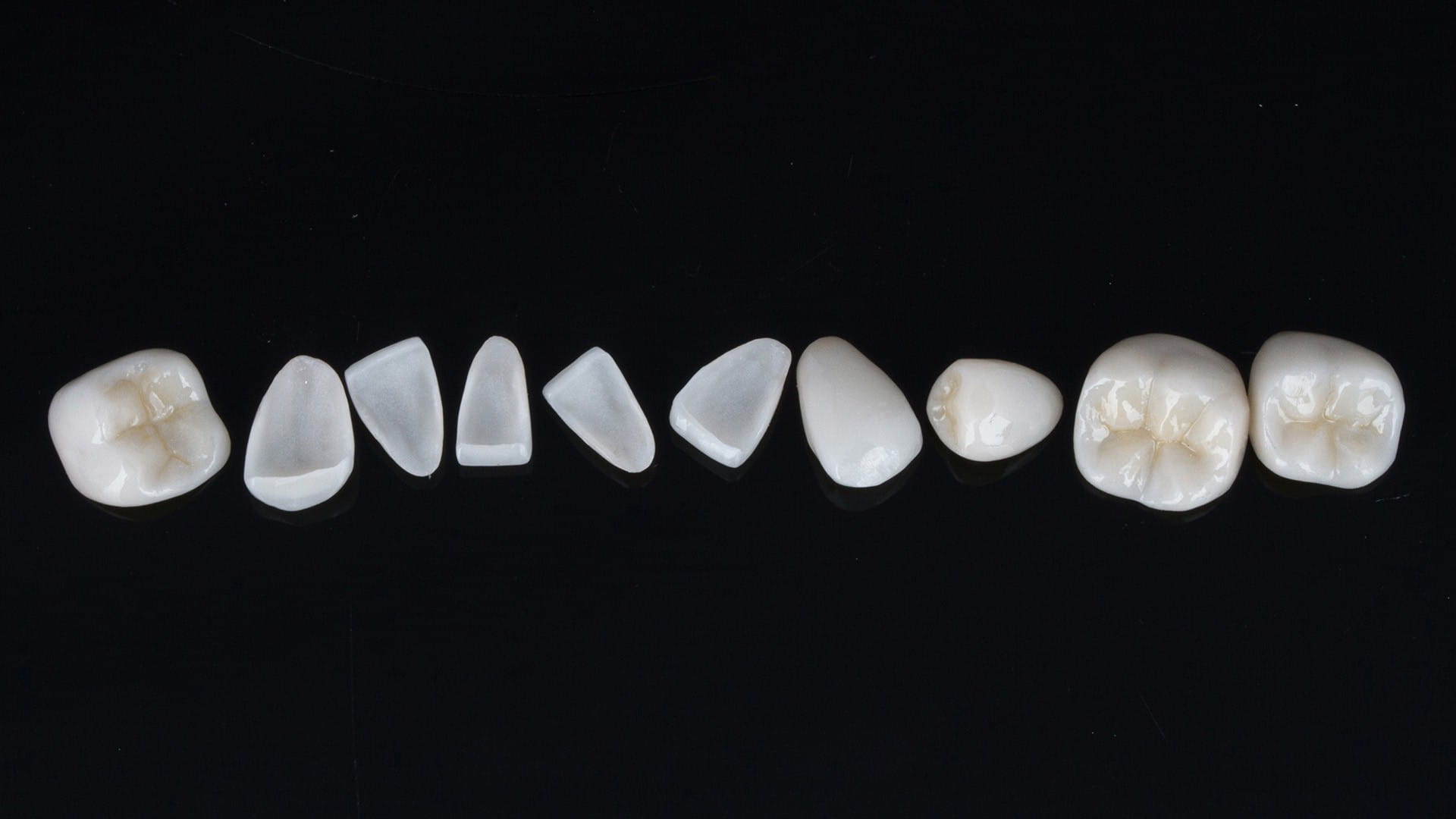
What’s the Difference Between a Crown and Veneer?
If you're wondering what's the difference between a crown and veneer, you're not alone. These two popular dental treatments both improve the look and function of your teeth, but they're used in very different ways. Whether you're looking to enhance your smile or restore a damaged tooth, understanding the key distinctions can help you make an informed decision.
In this guide from Rana Dentistry, we’ll break down how crowns and veneers work, when each is used, and which might be right for your needs.
What Is a Veneer?
A veneer is a thin, custom-made shell, usually crafted from porcelain or composite resin
that bonds to the front surface of a tooth. Veneers are mainly used for cosmetic purposes, such as improving the appearance of:
- Discolored or stained teeth
- Slightly crooked teeth
- Minor chips or cracks
- Small gaps between teeth
Because they’re so thin, dental veneers require only minimal reshaping of the original tooth. They are typically used on front teeth and are favored for their natural-looking, tooth-colored finish.
What Is a Crown?
A dental crown, often called a “cap,” is used when a tooth needs full coverage and protection. Unlike veneers, a crown covers the entire tooth, not just the front, and is often used for:
- Teeth with large fillings
- Teeth that have undergone a root canal
- Broken or severely worn teeth
- Advanced tooth decay
Crowns restore both the strength and appearance of a compromised tooth. They are often made of porcelain, ceramic, or metal, depending on the location of the tooth and the desired look.
What’s the Difference Between a Crown and Veneer?
The key difference between a crown and veneer lies in the amount of the tooth they cover and why they are used. Veneers are ideal for minor cosmetic corrections, while crowns are better suited for restoring damaged or weakened teeth.
Here’s a side-by-side comparison to make it easier:
| Key Factors |
Veneers |
Crowns |
|
Coverage |
Front of the tooth only |
Entire tooth |
|
Use Case |
Cosmetic enhancements |
Structural damage or tooth decay |
|
Durability |
10–15 years |
10–20 years |
|
Tooth Removal |
Minimal reshaping |
Moderate to extensive reshaping |
|
Aesthetics |
Ideal for visible front teeth |
Aesthetically pleasing and strong |
|
Insurance |
May not be covered by dental insurance |
Often partially covered |
If you’re asking, “What’s better: veneers or crowns?” the answer depends on your unique dental needs.
Crowns and Veneers: Pros and Cons
Let’s explore the crowns vs veneers pros and cons in more detail to help you decide:
Veneers
Pros:
- Great for subtle smile enhancements
- Preserve more of your natural tooth
Cons:
- Not ideal for teeth with major damage
- Can be more fragile than crowns
Crowns
Pros:
- Strengthen and protect weak or broken teeth
- Long-lasting with good care
Cons:
- Require more tooth removal
- Higher cost, depending on material
Cost of Crowns and Veneers
When considering treatment, the crown veneers cost can be an important factor. Pricing depends on several factors like the material used, the number of teeth treated, and your location.
- Porcelain veneers typically cost between $900–$2,500 per tooth.
- Porcelain crowns may range from $1,000–$3,000 per tooth.
- Insurance may partially cover crowns if they are deemed medically necessary, but veneers are usually not covered, as they’re considered cosmetic.
During your consultation, we’ll provide a personalized estimate and discuss financing options if needed.
How To Know If I Need Veneers Or Crowns?
Not sure whether you need veneers or crowns? It comes down to your dental health and your goals.
You may be a good candidate for veneers if:
- Your teeth are healthy but have cosmetic flaws.
- You want to improve the color, shape, or alignment of front teeth.
- You’re looking for a long-lasting but minimally invasive option.
You may need a crown if:
- Your tooth is significantly decayed or damaged.
- You’ve had a root canal or have a tooth with a large filling.
- You need to restore function as well as aesthetics.
Sometimes, patients opt for a combination of both, especially when enhancing multiple teeth or planning a smile makeover.
Crowns and Veneers Before and After
At Rana Dentistry, we’ve helped countless patients transform their smiles with both crowns and veneers. From fixing a chipped tooth with a veneer to rebuilding a tooth damaged by decay with a crown, the results are often life-changing.
Seeing your before and after photos helps you understand what’s possible and gives you the confidence to move forward with your treatment.
Your Smile, Your Choice — Let Rana Dentistry Help
Now that you understand what’s the difference between a crown and veneer, you’re better equipped to make the right decision for your smile. Both options are highly effective, but the right choice depends on your oral health, your goals, and your lifestyle.
At Rana Dentistry, we take the time to understand your needs and craft a custom treatment plan. Whether you’re considering porcelain veneers for a brighter smile or need a dental crown for a stronger bite, we’re here to help.
Ready to enhance or restore your smile? Contact Rana Dentistry today to schedule your consultation and take the first step toward a confident, healthy future.